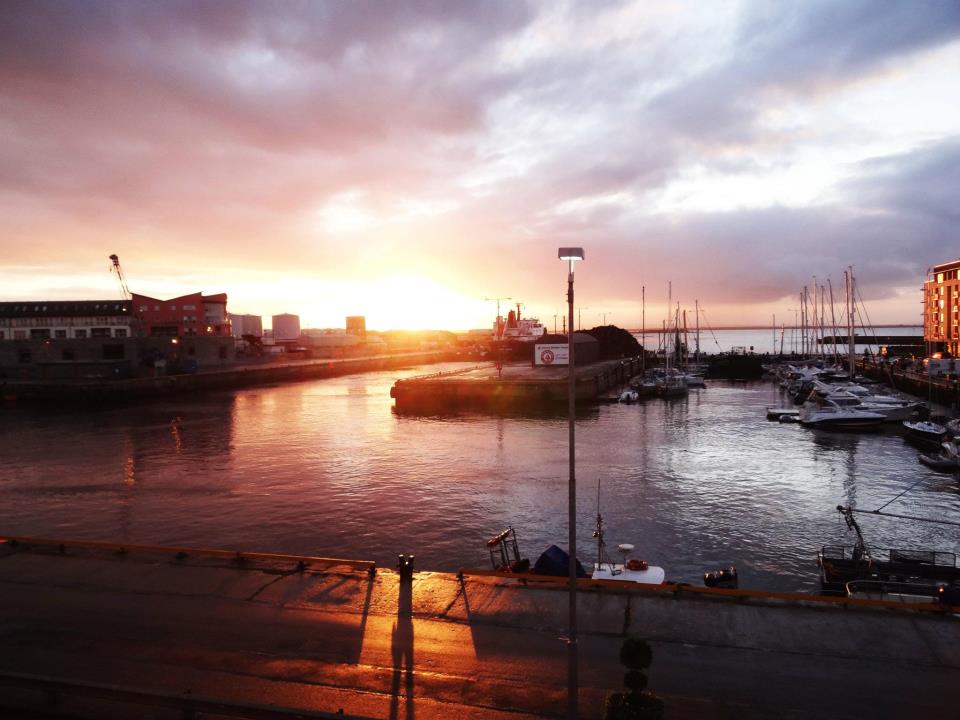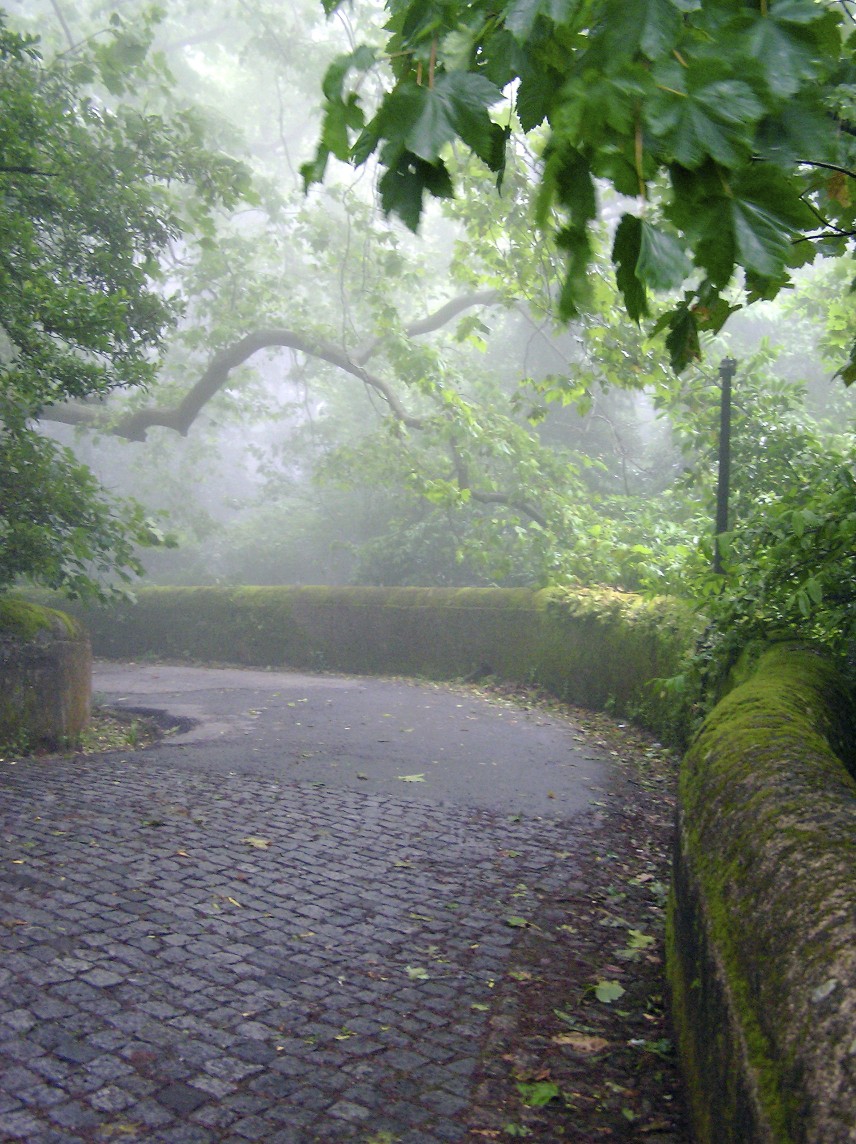
Conversely, if we completely override a concern about personal rights and fully adopt the collective responsibility perspective, then we are likely to witness repressive and intrusive regulations that applied indiscriminately to the lives of those living in this highly controlled society. It might be even more destructive if those living in a society know little about individual rights (as seems to have been the case with the Estonians we interviewed). There is a yearning for something different—for some corrective. Yet, this alternative option is not well known nor has it often been engaged in a society where a repressive form of collective responsibility has been in force for many years.
At the very least, there would be deeply felt (though often ill-defined) concern within a short period of time regarding the ultimate “heartlessness” of the collective responsibility perspective. Those advocating collective responsibility might have the best of intentions, but the outcomes can be counter-intuitive with citizens feeling just as alienated from the sources of power as they would be in a world dominated by personal rights. We would inevitably find that projections about the potential number of people who would be served by new public policies and priorities become just this: numbers without a focus on the individual, distinctive needs of each citizen. Local neighborhoods (often ethnically or culturally based) are torn down in favor of high-rise towers. Dehumanizing “stone cities” replace “distinctive enclaves”.
I witnessed this in Estonia when working there during the 1990s. Families had been assigned to small apartments located in tall, anonymous concrete structures. They were often being moved from another country to work in the factories of Estonia under the Soviet Master Plan [it is ironic that so-called “Russian Vodka” was actually produced in Estonia for many years under the master plan]. Life in the Tallinn Estonia high-rises was truly disheartening to witness. The men and women I interviewed spoke of the “stone hearts” that were bred in these “stone cities.” I could not help but notice similarities between Tallinn high rise communities and the urban “development” projects of metropolitan New York. When I drive by high rises in the Bronx, I wonder if similar “stone hearts” are to be found among the residents of these buildings. Was Robert Moses’ dream of “clearing slums” to produce a better New York just another example of collective responsibility and centralized hubris run amuck? Do the stone cities really offer better life than the old, broken down tenements and ethnic neighborhoods of early and mid-20th Century New York? Isn’t there a third option?








